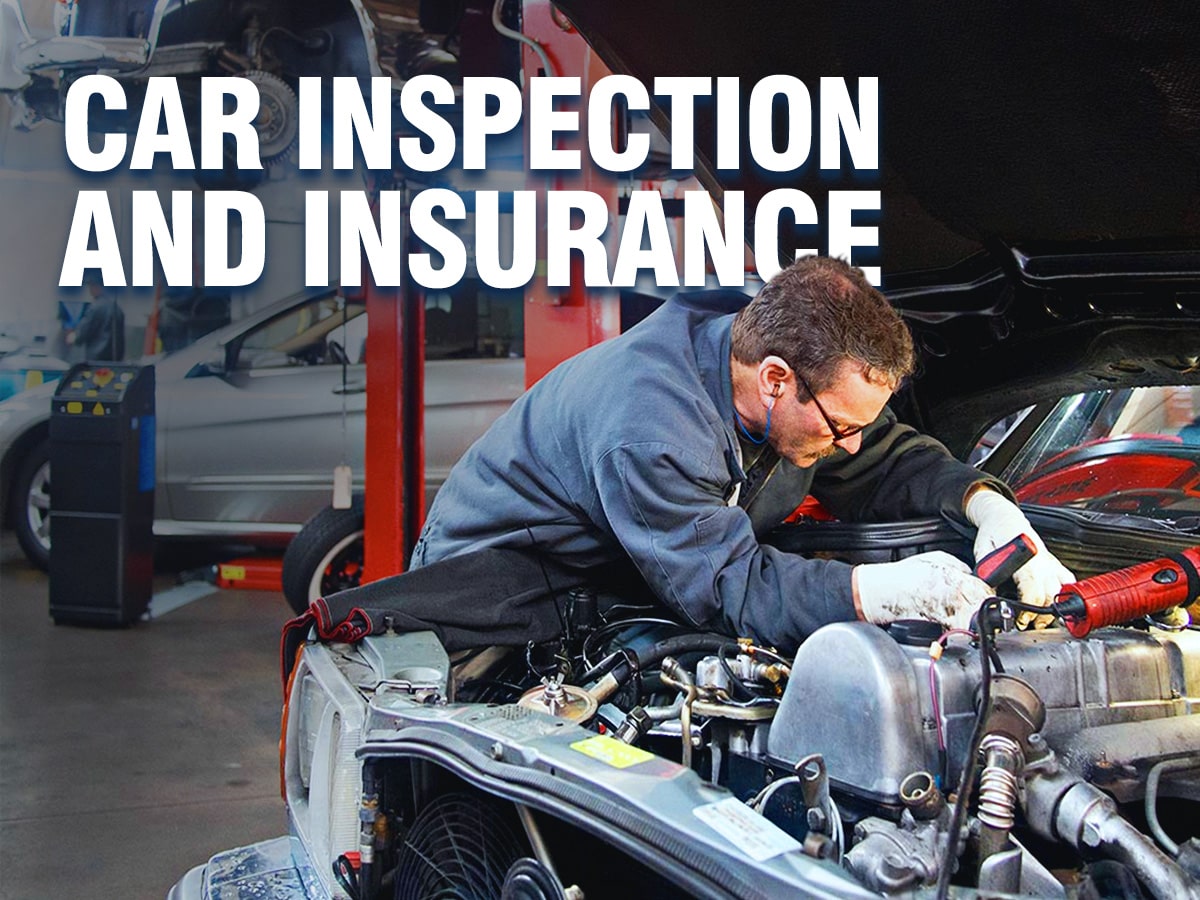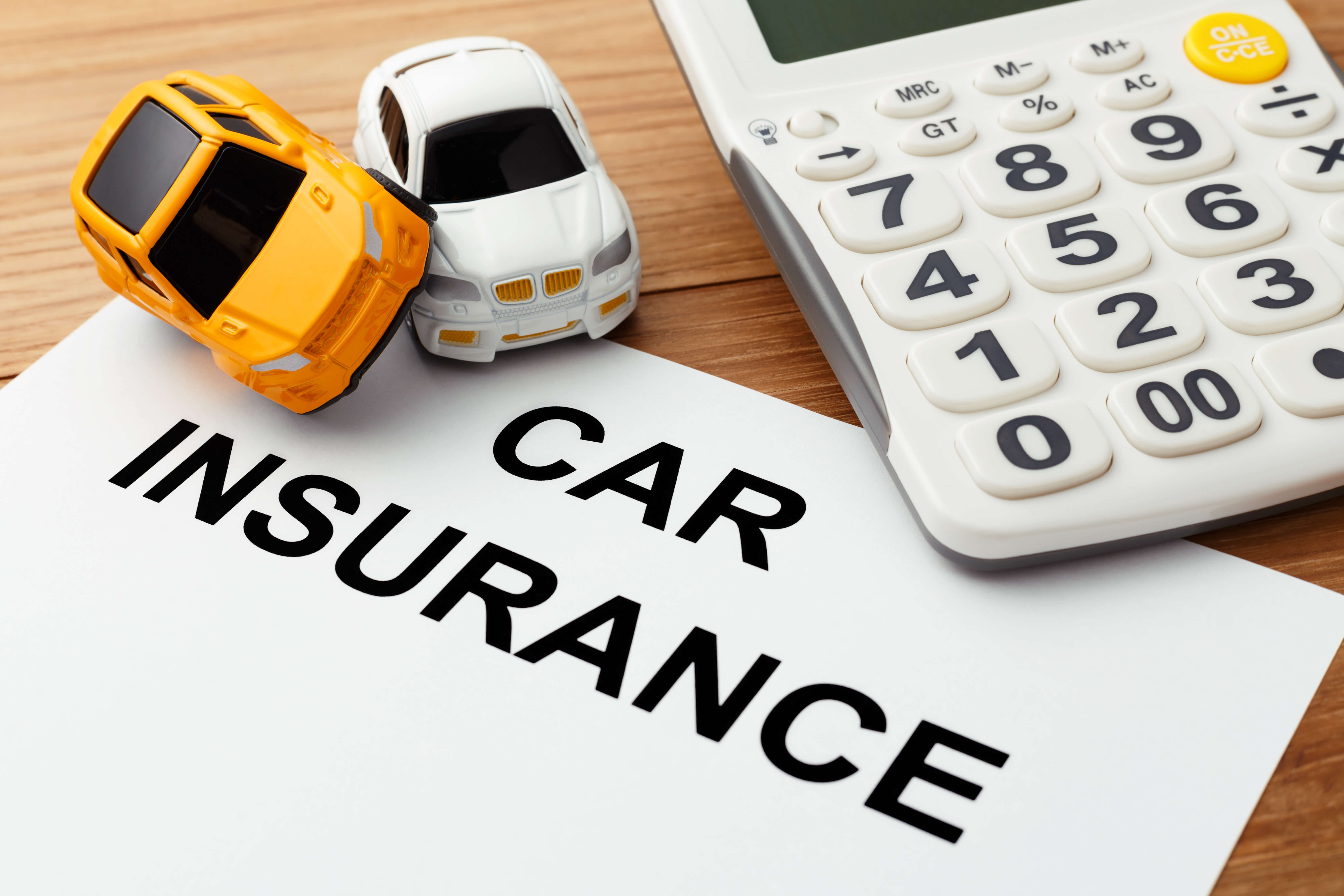Car insurance without inspection offers a unique solution for drivers seeking coverage without the hassle of a physical inspection. This innovative approach has its own set of benefits and drawbacks, making it essential to understand the ins and outs before making a decision.
Dive into this comprehensive guide to explore the concept, eligibility criteria, application process, premium determination, and claims handling for car insurance without inspection.
Insurance Coverage without Inspection
Car insurance without an inspection refers to a type of coverage that allows you to obtain insurance for your vehicle without undergoing a physical inspection. This can be beneficial in situations where getting your car inspected is impractical or impossible.
Examples of situations where car insurance without an inspection may be offered include:
- When you have a classic or antique car that is rarely driven.
- When you have a vehicle that is not currently registered or insured.
- When you are purchasing a car from a private seller and need temporary coverage to drive it home.
There are both benefits and drawbacks to consider when opting for car insurance without an inspection:
Benefits:
- Convenience: No need to schedule or attend an inspection, saving you time and effort.
- Speed: Coverage can be obtained quickly and easily, without the delay of an inspection.
- Flexibility: Suitable for vehicles that are not regularly driven or are difficult to inspect.
Drawbacks:
- Higher premiums: Insurance companies may charge higher premiums due to the increased risk associated with not inspecting the vehicle.
- Limited coverage: Some insurance companies may offer limited coverage options or exclusions for vehicles that have not been inspected.
- Potential for fraud: Insurance companies may be more susceptible to fraudulent claims for vehicles that have not been inspected.
Eligibility Criteria: Car Insurance Without Inspection

To qualify for car insurance without an inspection, you must meet specific eligibility criteria set by insurance providers. These criteria vary between insurers, but generally include factors such as driving history, age, and vehicle type.
A clean driving record, free of accidents or violations, can significantly increase your chances of qualifying for non-inspection insurance. Additionally, being over a certain age (typically 25 or older) and owning a vehicle that is not considered high-risk (such as a sports car or luxury vehicle) can also improve your eligibility.
Eligibility Criteria Table
The following table summarizes the eligibility criteria for different insurance providers:
| Insurance Provider | Driving History | Age | Vehicle Type |
|---|---|---|---|
| Provider A | Clean record for at least 3 years | 25 years or older | Non-high-risk vehicles |
| Provider B | No accidents or violations in the past 5 years | 21 years or older | Vehicles with a value under $25,000 |
| Provider C | No major violations in the past 10 years | 30 years or older | Vehicles used primarily for personal use |
Application Process

Applying for car insurance without an inspection typically involves a straightforward process. Here’s a general overview of the steps and the information you may need to provide:
To begin the application, you will need to provide basic information about yourself, your vehicle, and your driving history. This includes your name, address, date of birth, driver’s license number, and vehicle identification number (VIN). You may also be asked to provide information about your driving record, such as any accidents or violations you have had in the past.
Information Required
- Personal information (name, address, contact details)
- Vehicle information (make, model, year, VIN)
- Driving history (accidents, violations)
- Proof of insurance (if switching providers)
Tips for Successful Application, Car insurance without inspection
- Provide accurate and complete information.
- Be prepared to answer questions about your driving history.
- Have your vehicle identification number (VIN) readily available.
- Consider getting a copy of your driving record before applying.
- Shop around and compare quotes from multiple insurance companies.
Premium Determination
For policies without an inspection, insurance premiums are determined based on a thorough assessment of various factors that influence the risk associated with insuring a vehicle. These factors include the level of coverage selected, the driver’s risk profile, and the vehicle’s make, model, and age.
Insurance companies utilize complex algorithms and actuarial data to calculate premiums, ensuring that they accurately reflect the level of risk they are assuming. By assessing these factors, insurers can determine the likelihood of an accident or claim and adjust premiums accordingly.
Coverage Level
The level of coverage selected significantly impacts premium costs. Comprehensive coverage, which provides the most extensive protection, typically commands higher premiums than liability-only policies. The table below illustrates the premium variations for different coverage levels:
| Coverage Level | Premium Range |
|---|---|
| Liability-only | $500-$1,000 per year |
| Collision | $1,000-$2,000 per year |
| Comprehensive | $1,500-$3,000 per year |
Risk Assessment
The driver’s risk profile is another crucial factor in premium determination. Insurers consider factors such as driving history, age, and location when assessing risk. Drivers with a history of accidents or traffic violations are likely to face higher premiums than those with clean records.
Additionally, the vehicle’s make, model, and age also influence premiums. High-performance vehicles and older cars are generally associated with higher risk and, consequently, higher premiums.
Claim Process

When filing a claim under a car insurance policy without an inspection, the process typically involves the following steps:
Verification of Claim
Since there is no physical inspection, insurance companies rely on alternative methods to verify the legitimacy of claims. These methods may include:
- Police reports:If there was an accident, a police report can provide details about the incident.
- Witness statements:Statements from witnesses can corroborate the details of the claim.
- Photographic evidence:Photographs of the damage can help support the claim.
- Repair estimates:Estimates from a mechanic can provide an assessment of the cost of repairs.
Conclusion
In conclusion, car insurance without inspection provides a convenient option for drivers who prefer a streamlined application process. While it may come with slightly higher premiums, the absence of an inspection can be a significant advantage in certain situations. Understanding the eligibility requirements, application process, premium determination, and claims process is crucial for making an informed decision about this type of coverage.
By carefully considering all the factors involved, drivers can determine if car insurance without inspection is the right choice for their individual needs.